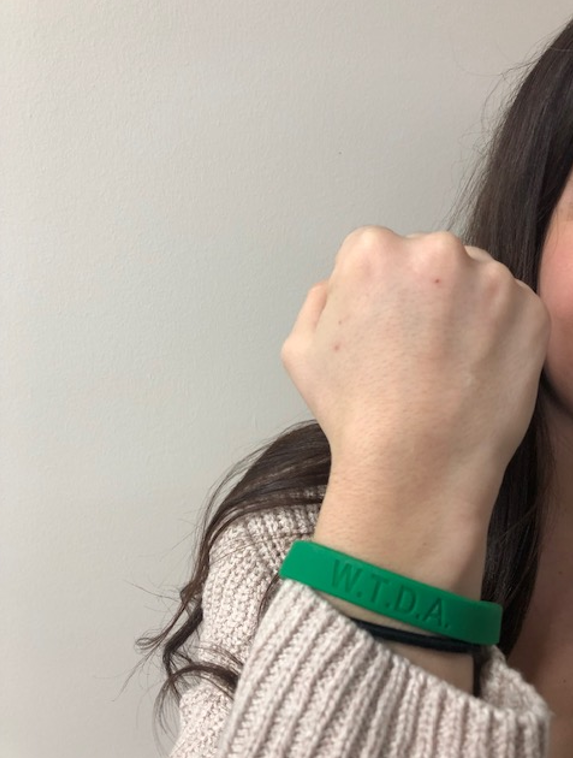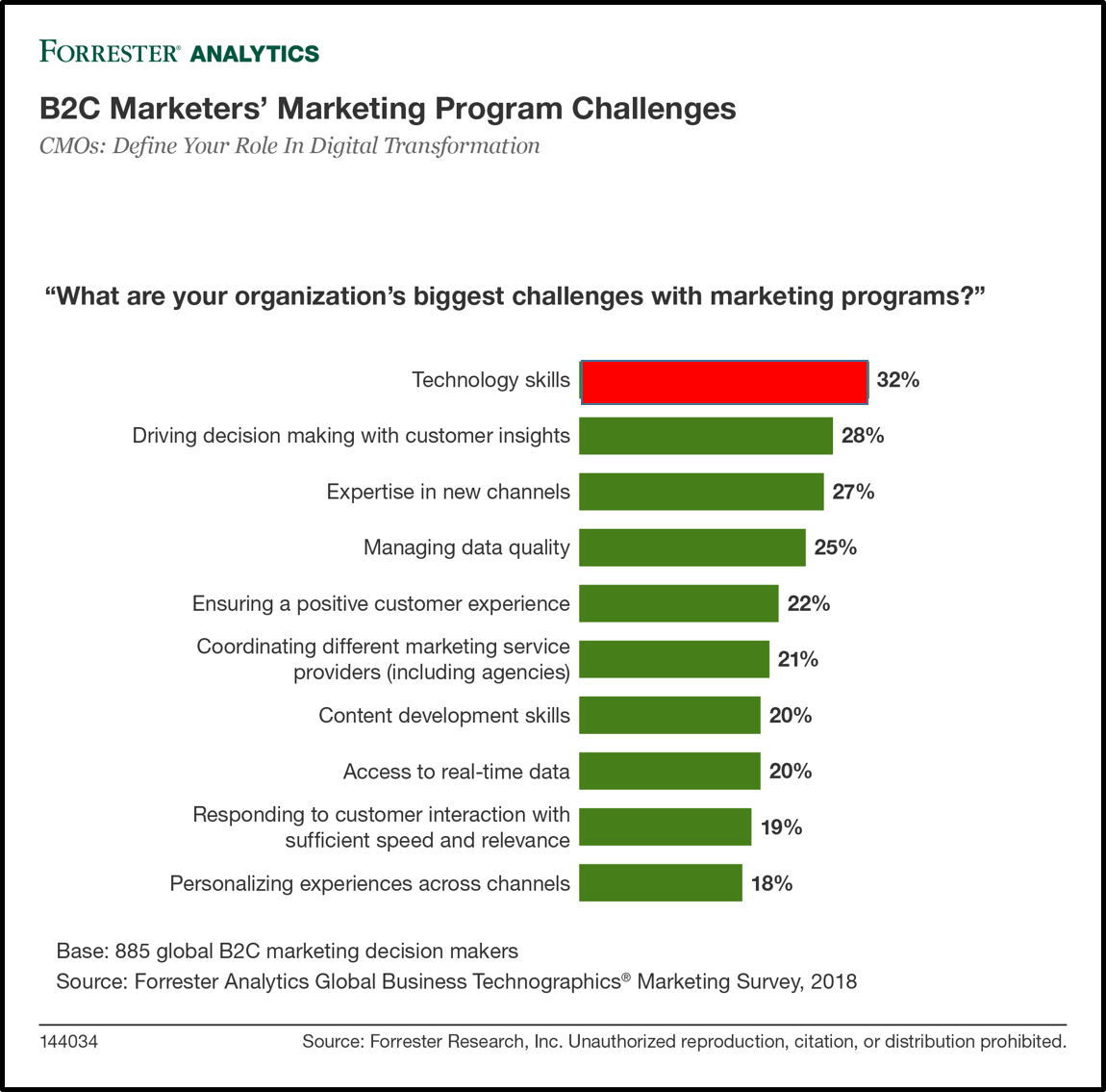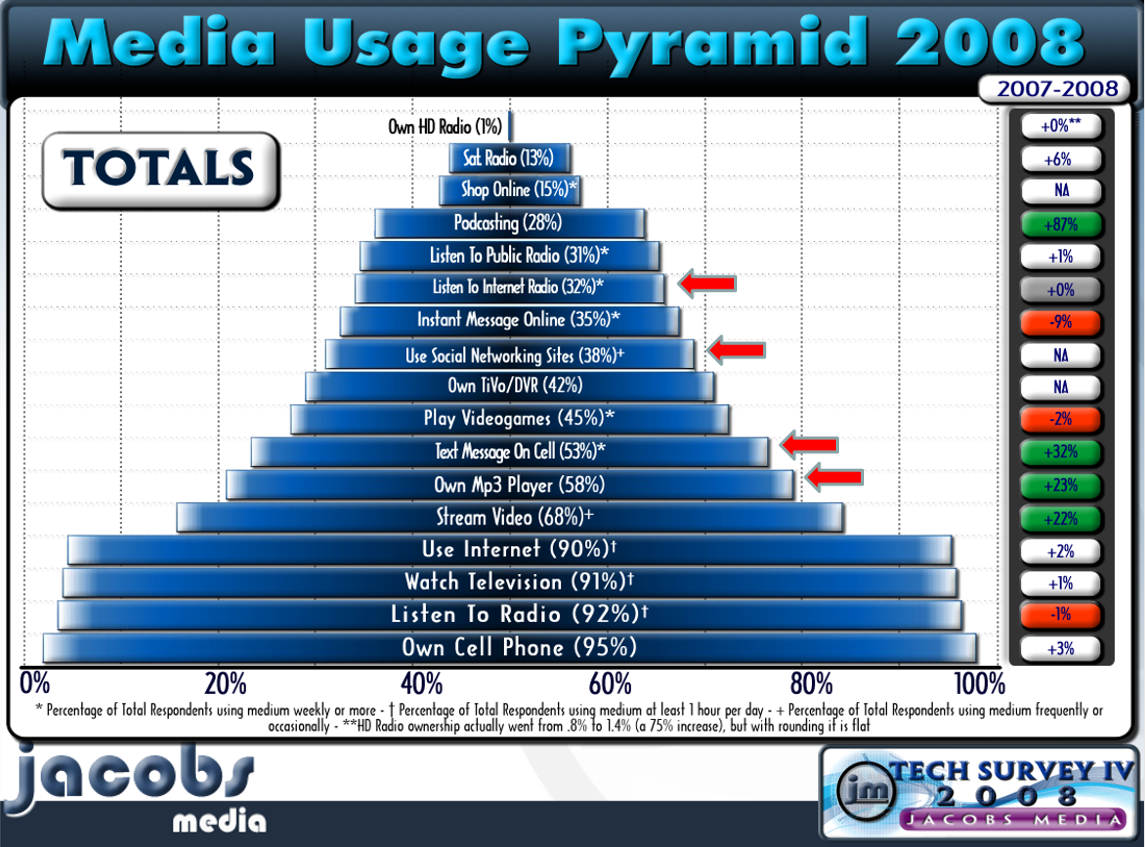
Last Friday’s post – “Radio’s Digital Transition: Like Turning The Queen Mary” – stimulated comments and reactions from many of you. As we discussed looking at the late Congressman John Dingell, as well as radio’s Jerry Lee, the appetite to embrace digital had less to do with age and more to do with mindset.
So, how to imbue your organization with a renewed sense of the urgency of the need to walk the digital walk – without revving up too much urgency or even a sense of panic? What’s the best way to get that important message across to a team of broadcasters who have dedicated their careers and livelihoods to radio?
UCLA’s iconic coach, John Wooden, had a favorite expression:
“Be quick, but don’t hurry.”
And it very much describes the combination of both speed and action organizations like radio stations and the companies that own them could be embracing.
In the past many years, however, we’ve continued to see radio organizations begin the transition, only to be frustrated by checkered results. Sometimes, the content gets ahead of the monetization. Other times, digital assets are created that are out of sync with audience needs. Or they’re built with only sales in mind, making the content non-compelling to existing listeners.
A recent story in Forbes – “CMOs: To Get A Seat At The Digital Transformation Table, Command Your Customer’s Experience” – breaks down a Forrester analysis of why so many organizations are struggling – well beyond broadcast radio.
Their “take” is that the missing element is the consumer. So, often technologists and digital experts are at the helm, developing strategies and digital products out of sync with what the customer wants, expects, or needs.
Forrester’s VP/Principal Analyst, Thomas Husson, suggests the root cause is that marketers are often disconnected from the process, often forced to taking a back seat to the digital team. In broadcast radio terms, this might also include program directors – the Chief Content Officer of your station. Oftentimes, they’re the last to know about digital activity at their own stations.
And as Forrester reports, marketers lead their company’s digital transformation only 16% of the time. Yet, Husson contends, half-baked digital attempts translate to the programmer or head marketer being proactive: “As the voice of the customer, you must be the conductor of customer obsession. ”
That’s another way of affirming a “Listener First” state of mind, something many espouse, but few truly live up to in their day-to-day station operations.
In fact, Forrester indicates many marketers struggle with technical areas, reaffirming the need for both digital, content, and marketing players to work together to help transition companies during these disruptive times.

Talking about digital, and actually making it happen with your station brand – and perhaps across your entire radio company – is easier said than done. And in many ways, the radio broadcasting industry has made progress over the past decade – but not as much as is needed to ensure brands thrive.
Too often, programming tends to be obsessed by on-air content creation and production, sales is focused on selling 30s and 60s, and the marketing/promotions team is running ragged, showing up at umpteen events throughout the week. Yes, digital is in the mix, but often backburnered in favor of activities, efforts, and resources that will directly contribute to the traditional goals of making ratings and generating sales
At Jacobs Media, we have long been focused on the audience. My background is in media research, and that’s why our Techsurveys – dating back 14 years now – were originally designed and conceived. The premise all along was that if broadcasters could gain a better understanding of the curve their audiences are on, they’d be in a better position to meet their needs with timely, desirable content and services.
During our internal discussions of the digital transition last week, Paul recalled a promotional tie-in Jacobs Media created back in 2008, when our fourth annual Techsurvey was released. It was at that moment in time we began to feel strongly radio was falling serious behind – not getting the digital memo.
Here’s what the Media Usage Pyramid looked like way back then:

Hard to imagine, just a decade ago, less than four in ten had a social media profile – but it was moving. Texting was still growing in popularity as only about half our sample was regularly sending messages on their phones via their thumbs. In fact, smartphones were far from ubiquitous. while only about a third of respondents streamed audio every week.
In a blog post that ran a decade ago now, I was especially concerned about the loss of broadcast radio’s portability – iPod growth had nearly tripled since 2005 – moving from 21% to 58% in just three years. You could clearly see the tectonic impact caused by millions of sleek new Mp3 players that fit in the palm of your hand – like transistor radios did back in the day.
And we became concerned. When we presented the results of TS IV (as it was known then), the study was met with the requisite “oohs and aahs.” The rise of Facebook, iPhones, and DVRs was mind-blowing.
Yet, once most of our stakeholder stations absorbed the data, it was back to business as usual.
Back then, everyone was wearing those yellow Lance Armstrong-inspired LiveStrong bracelets. So, we took steps and created green wristbands that simple read:
W.T.D.A.
Or “What’s the digital application?”

Like the string around your finger, our annoyingly bright green bracelets were designed to be a physical reminder to expand our thinking, as we’re going about our routines in radio – whether in management, programming, or sales.
Here’s the way I premised W.T.D.A. back in 2008:
“It’s time for radio to start walking the walk on digital because next year’s Tech Poll is very predictable. Radio needs to change its architecture to better reflect new technologies, and the lifestyle changes they have created.
So, as you walk into your programming, sales, or promotional meetings (and perhaps it would make sense to start bringing all those managers together in ONE meeting moving forward), start asking the question, ‘What’s the digital application?'”
A decade later, we can all acknowledge how much progress has been made – and how far the broadcast radio industry needs to go in order to successfully make the transition.
To help things along, we’ve restocked. Yes, we’ve ordered a fresh new supply of those snazzy wrist reminders for you and your station team members to wear.
Just shoot me an email and let me know how many you need (let’s keep it to 5 – and if you need more, we’ll work something out). And don’t forget to include your physical address.
Just around the corner, we’ll be rolling out Techsurvey 2019 – 50,000 respondents strong. And the insights, revelations, and year-to-year changes will be noteworthy and newsworthy. From fresh data on smart speakers, voice, and radio’s ability to withstand the competitive headwinds, it will all be there for you, just like it is every spring.
I’ll be presenting it publicly at the Worldwide Radio Summit in Burbank on March 28th. So, I hope to see you there.
But the central question is, what will you and your organization be doing differently in 2019 to face the change that is all around us? Will your company or your call letters hear the clarion call from the data and move toward the development of smart strategies and the tactics that go along with them?
Will you start walking the digital walk?
Grab a few W.T.D.A. bands, pass them out, and let’s get going.
What’s the digital application?
- What To Do If Your Radio Station Goes Through A Midlife Crisis - April 25, 2025
- A 2020 Lesson?It Could All Be Gone In A Flash - April 24, 2025
- How AI Can Give Radio Personalities More…PERSONALITY - April 23, 2025




Why is radio station streaming audio so crummy? (Mistimed substitute content during breaks causing loss of programming, repeating the same PSA endlessly as substitute content, uneven audio levels, etc. (See, e.g., WMAL, WBAP.) Will radio station streams ever be able to duplicate what’s on-air 100%
Steve, for many stations, it is still a clunky experience. Many are simulcasting their streams, however.